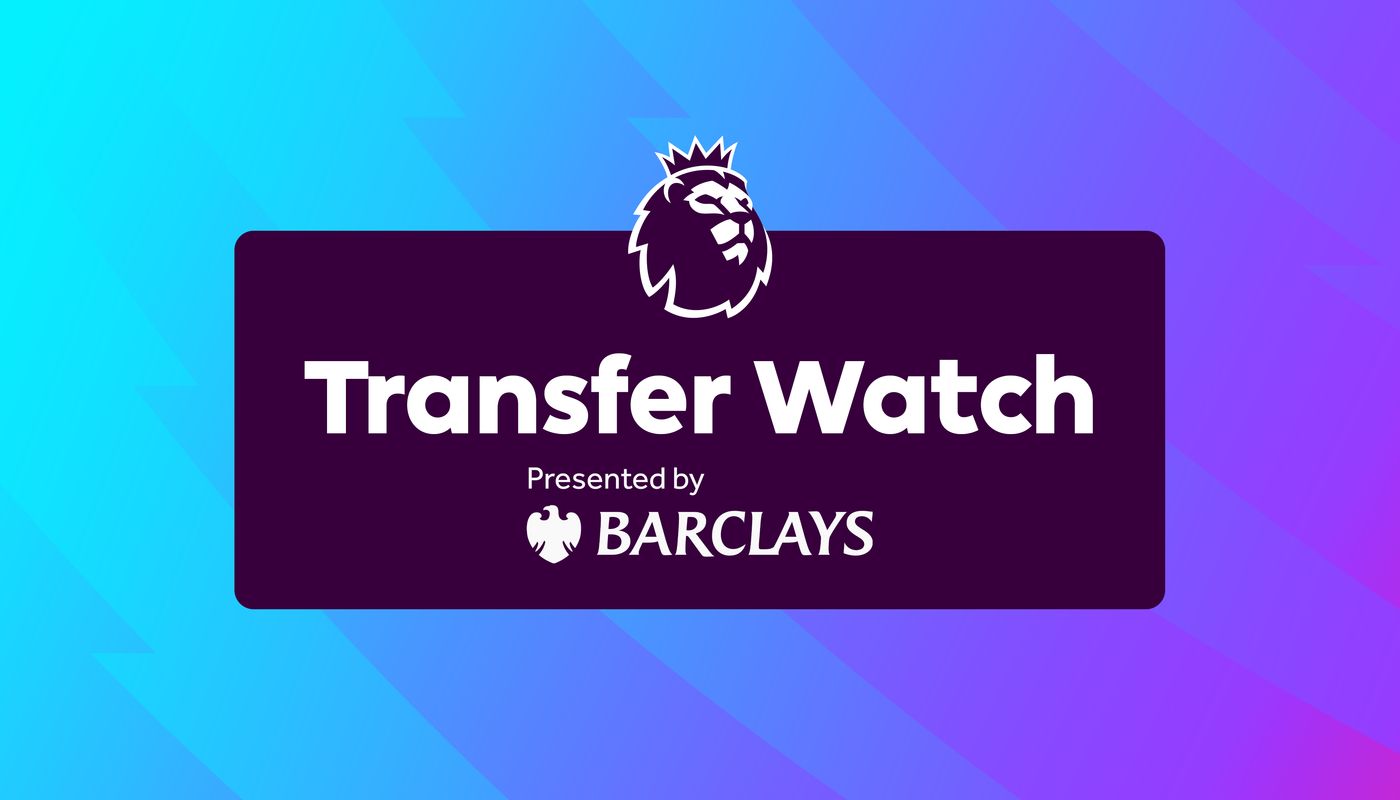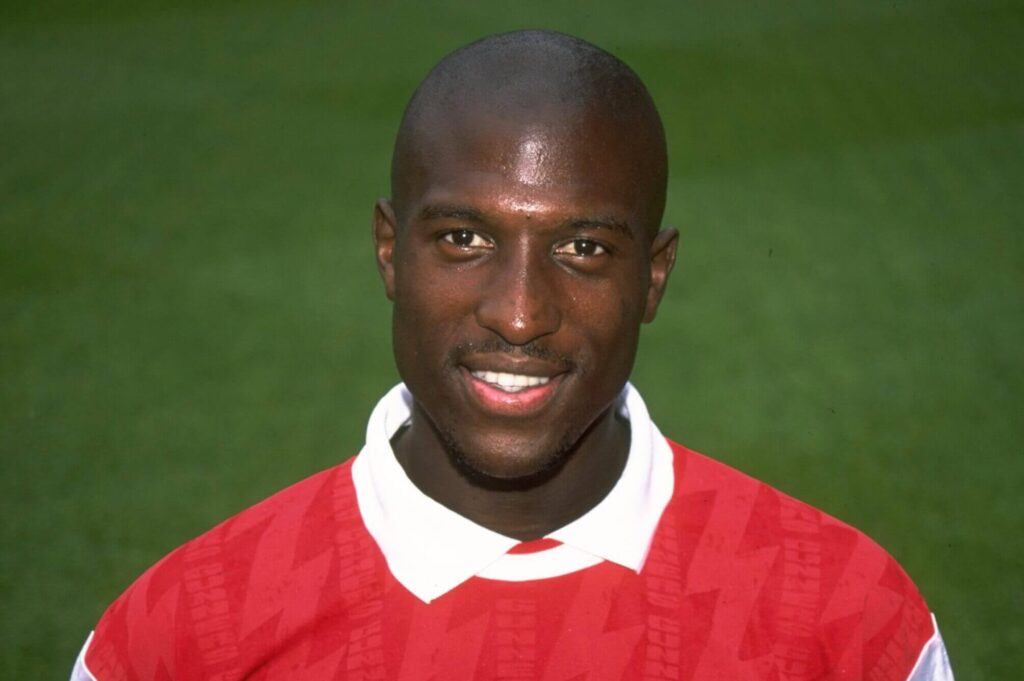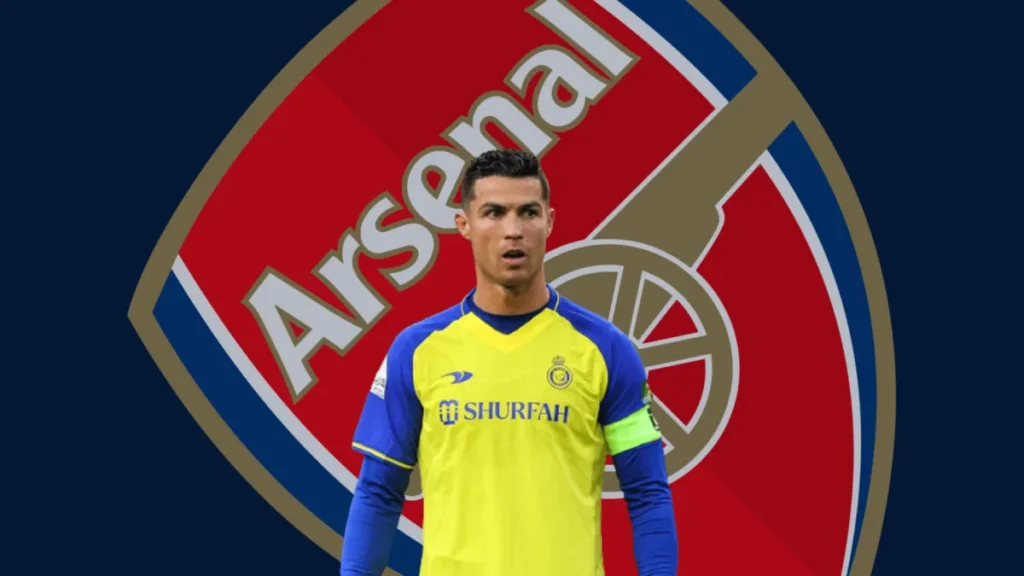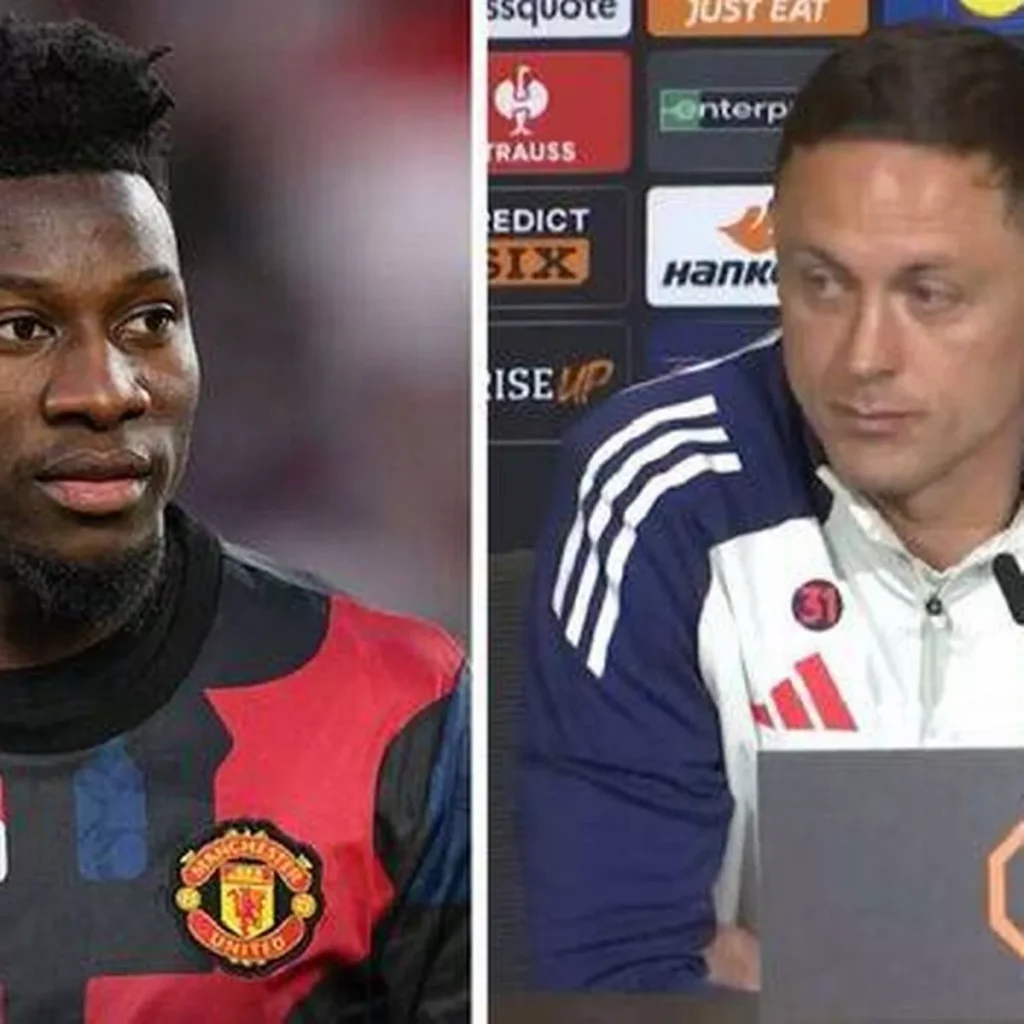Now Reading: Premier League Unveils Shocking Double Transfer Window This Summer
-
01
Premier League Unveils Shocking Double Transfer Window This Summer

Premier League Unveils Shocking Double Transfer Window This Summer
Premier League’s Unprecedented Decision: Two Transfer Windows in One Summer
In a bombshell announcement that has football fans and clubs buzzing, the Premier League has confirmed an extraordinary change to this summer’s transfer schedule. For the first time ever, clubs will navigate two separate transfer windows due to what officials are calling “exceptional circumstances” surrounding the FIFA Club World Cup.
This game-changing decision means Premier League clubs will have an early opportunity to secure talent, with the first window running from Sunday, June 1 to Tuesday, June 10. After a brief pause, the market will reopen on Monday, June 16, following the traditional timeline until closing on Monday, September 1.

Why The Dramatic Change? FIFA Club World Cup Takes Center Stage
The catalyst for this unprecedented shift? FIFA’s expanded Club World Cup tournament kicking off in the United States on June 14. English giants Chelsea and Manchester City are among the elite clubs participating in what promises to be a star-studded competition.
Last October, FIFA announced an interim transfer window specifically for clubs competing in the tournament. This created a potential competitive imbalance, with some Premier League teams able to strengthen their squads while others would be forced to wait.
Rather than accepting this disparity, Premier League clubs took matters into their own hands, pushing for an early window that would level the playing field for all 20 teams.

Winners and Losers: Which Clubs Benefit Most From The Double Window?
The innovative approach provides strategic advantages for teams with different objectives. For Chelsea and Manchester City, the early window allows them to strengthen their squads and finalize contract extensions before heading to the United States for the Club World Cup.
But the benefits extend beyond just the Club World Cup participants. Teams undergoing managerial changes or major squad rebuilds will welcome the additional time to plan and execute their transfer strategies.
Last summer’s transfer window ran from June 14 to August 30, giving clubs approximately 11 weeks to conduct business. This year’s combined windows will span nearly 14 weeks, providing extra breathing room for complex negotiations.

Premier League Clubs Unite to Force the Change
What’s particularly noteworthy is how Premier League clubs banded together to advocate for this solution. Initially facing the prospect of being unable to make transfers during the Club World Cup, they voiced strong opposition to any scenario that might create competitive disadvantages.
Following Thursday’s Premier League meeting, an official statement confirmed: “The window will open early, between Sunday 1 June and Tuesday 10 June, due to an exceptional registration period relating to the FIFA Club World Cup. It will then reopen on Monday 16 June and close on Monday 1 September.”
What This Means for Football Fans
For football supporters who thrive on transfer speculation and deadline day drama, this summer promises an unprecedented feast. The double window creates two mini-transfer periods, potentially spreading the excitement across the entire summer.
Expect a flurry of early deals in that first 10-day window as clubs scramble to secure prime targets before attention shifts to international tournaments. Then, after the brief pause, the traditional summer-long saga of rumors, negotiations, and dramatic deadline day deals will unfold as usual.
A Sign of Things to Come?
While the Premier League has emphasized this is an “exceptional” situation, it raises interesting questions about the future of transfer windows. As global football continues to evolve with expanded international competitions, could multiple transfer periods become more common?
The success or failure of this summer’s experiment will undoubtedly influence discussions around transfer regulations in the coming years. For now, clubs, players, agents, and fans are preparing for what promises to be one of the most unique and potentially chaotic transfer periods in Premier League history.
As teams begin finalizing their summer strategies, one thing is certain: football’s transfer landscape has experienced a seismic shift, and the ripple effects will be felt throughout the beautiful game for months to come.












